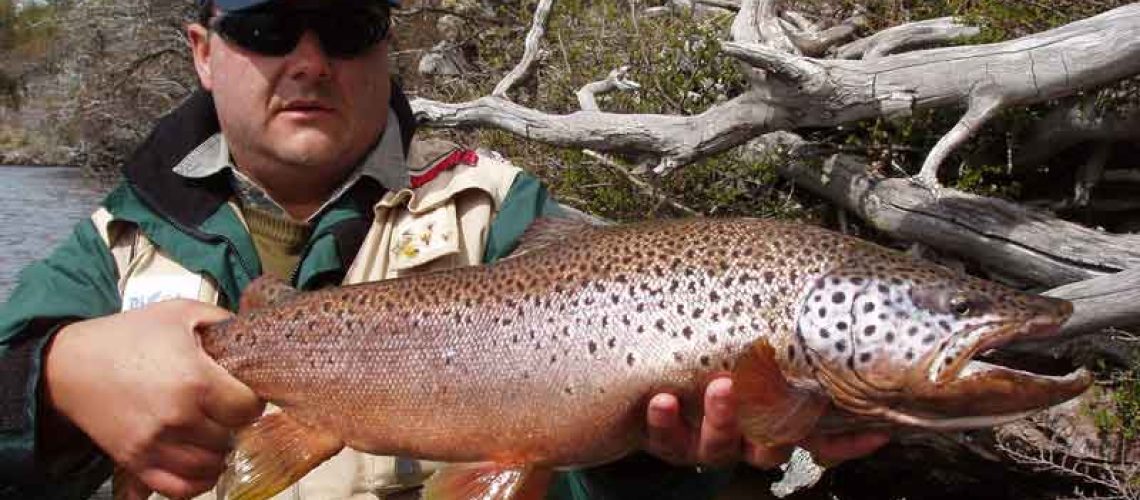Sporadic reports indicate that the trout fishing is starting to heat up in the Carolina’s and Florida as the temperatures finally begin to cool. If you are an angler, then it is time to head to the nearest water to try to catch some action. Do not forget to take along your Yellow Bird spoons, plugs, spinners and jigs as trout can be very picky about what they prefer.
The word trout means different things in different parts of the United States. If you travel to the cold mountain streams of North Carolina, then you may be lucky enough to catch a brook trout, which is often called a speckled trout. These trout are easily recognizable by their white leading edge, backed by black, on their lower fins. They typically measure eight inches long with some lucky anglers catching brook trout up to 12 inches.
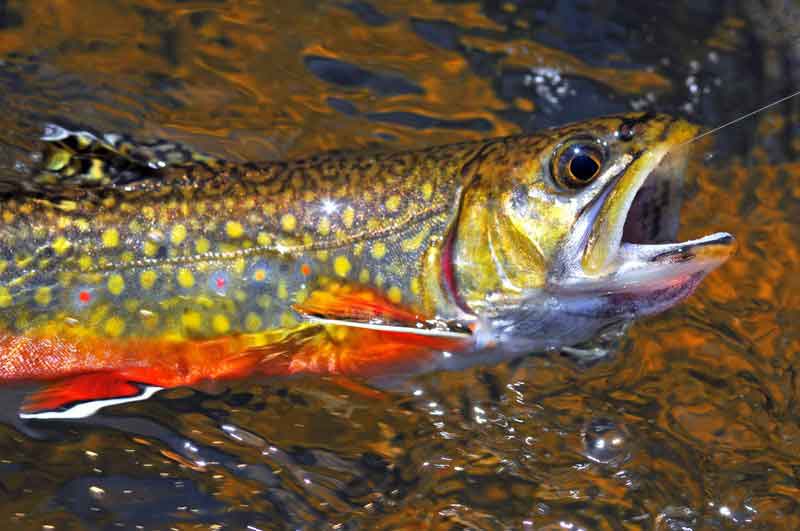
The majority of trout caught in the United States today are rainbow trout. These trout have a reddish longitudinal band, black spots, and a reddish gill cover. They typically grow to be about 12 inches long. Anglers often love to catch rainbow trout because they often jump out of the water when hooked providing the anglers with exciting fishing action.
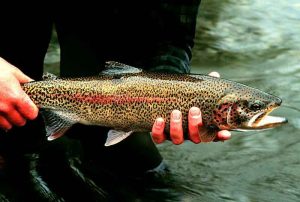
Steelhead trout spend part of their year in the Pacific Ocean but return to freshwater streams to spawn. These fish have a slimmer profile than trout that remain in freshwater all the time. Since they have plenty of room to grow in the ocean, anglers catch steelhead trout that weigh up to 55 pounds and are over 45 inches long. The ones that are caught, however, are often much smaller.
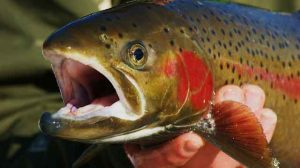
Novice anglers often have a hard time catching brown trout because they can be extremely wary. Anglers catching these fish usually have the best luck around sunken wood piles. When caught, brown trout can put up a fight but usually stay under the water’s surface. These fish have a brownish cast to their bodies. The spots on the side of a brown trout can be varying colors with red, orange and black being the most common. Most anglers catch brown trout that are about 12 inches long, but anglers can catch them up to 18 inches long.
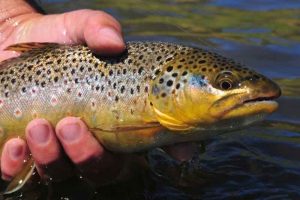
Cutthroat trout were first described by Lewis and Clark when they were writing about their journeys westward. These trout have a very distinctive red color to their throats. In the United States, most cutthroat trout grow to be about 12 inches.
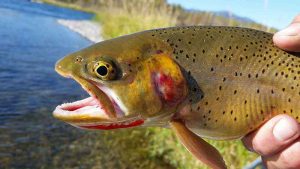
Spotted Seatrouts are common inshore and nearshore in the grass flats, channels, mangrove-fringed shorelines, oyster bars and deep holes of Florida and other Gulf Coast and Atlantic Coast states. They have light bellies with shades of blue, to silver, to white, and dark gray or green back, dorsal fins and tail. Covering the dark regions are distinct round black spots.
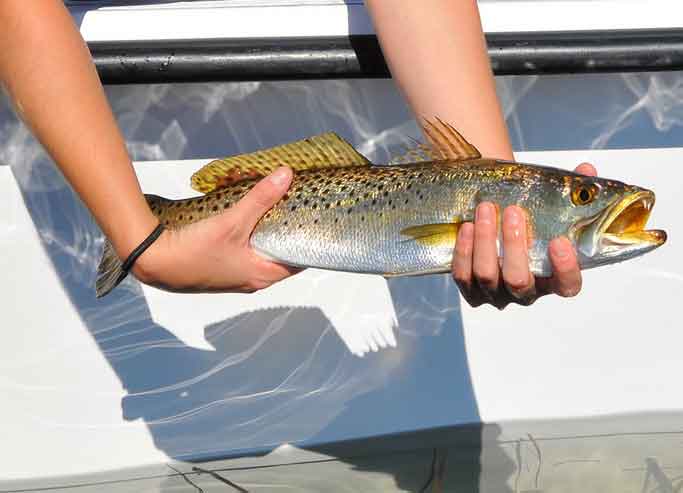
Somewhat less common than the Spotted Seatrout, are the Sand Seatrout and Silver Seatrout. Sand Seatrout are a Gulf species and stay mostly inshore. They have yellow backs and white to silver bellies. Silver Seatrouts are most common over sand or sandy mud bottoms offshore and have white bellies, silvery sides, and straw-colored backs. Look for them along both the Gulf and Atlantic coasts of Florida. Anglers will enjoy a good fight with any seatrout.
We should be thankful to have so many different kinds of trout to try to catch! Get out there and have some fun today, and be sure to throw a couple of Yellow Bird Lures in your tackle box to try.
Yellow Bird Products
1803 Holian Drive
Spring Grove, IL 60081
815-469-9686

